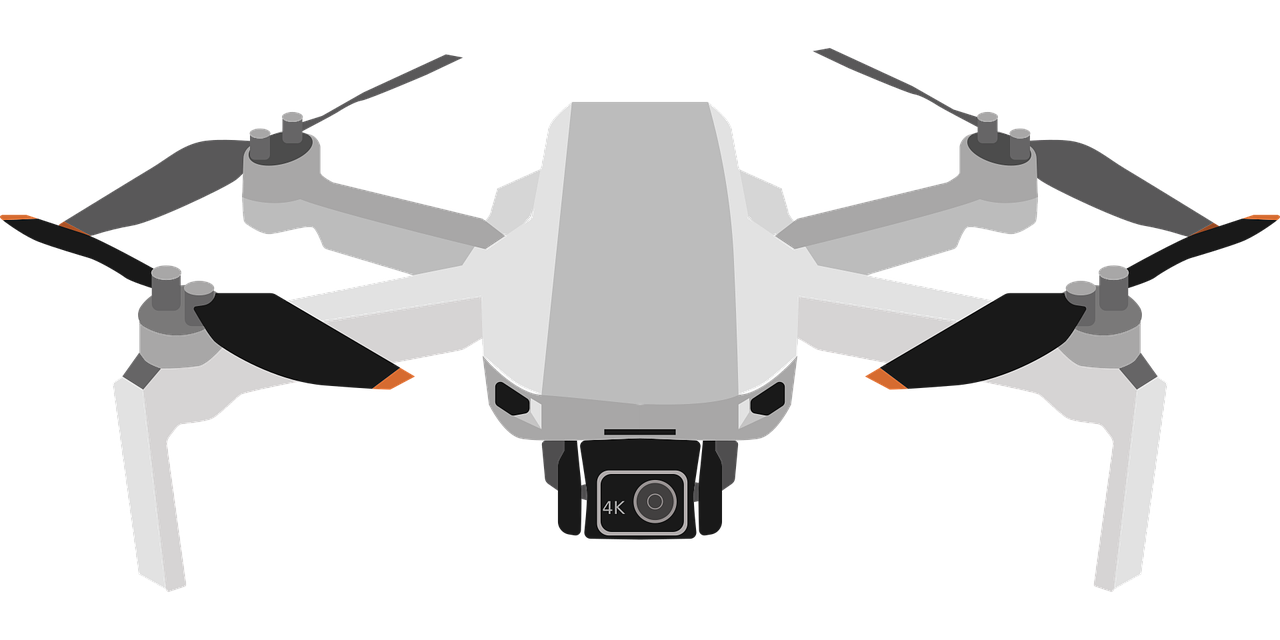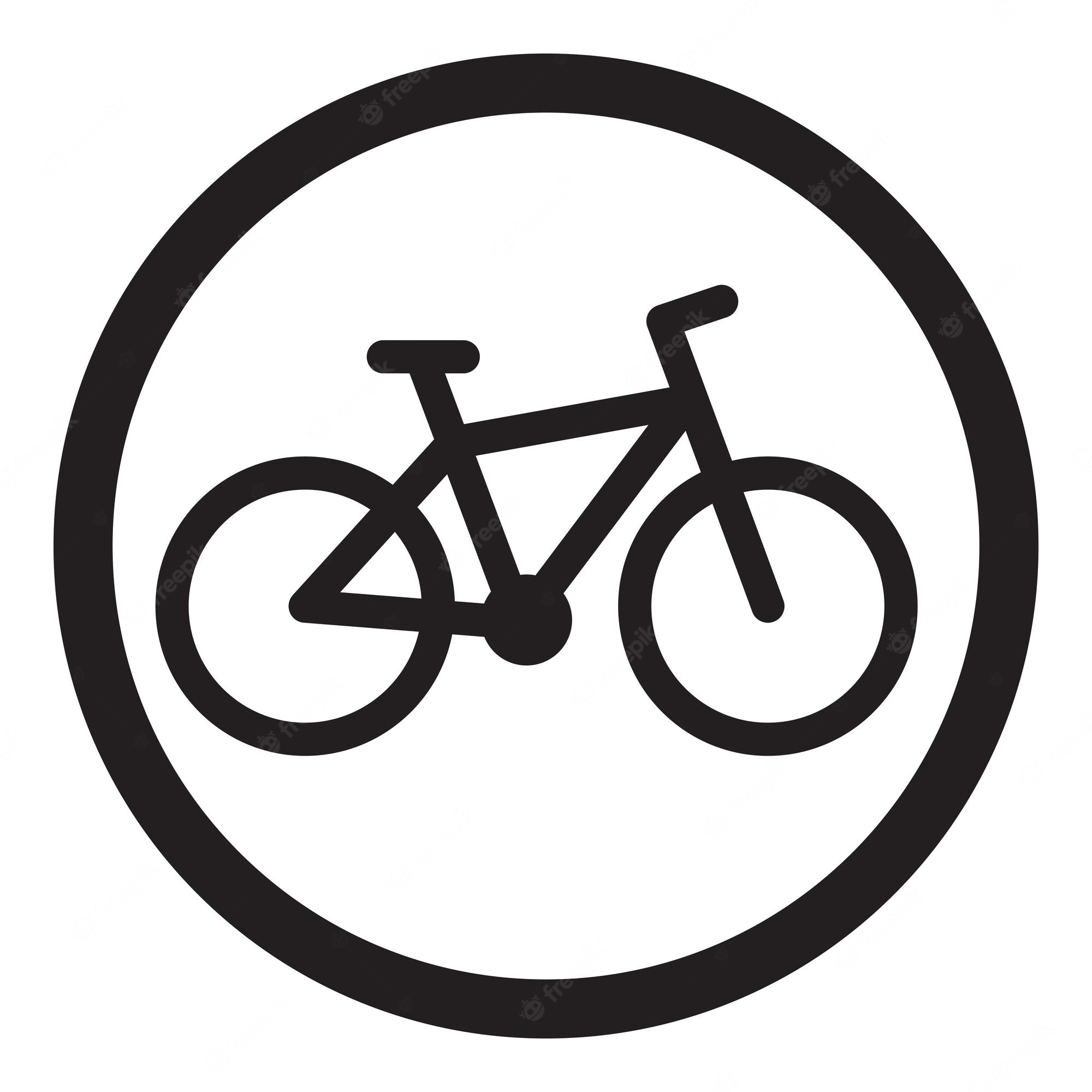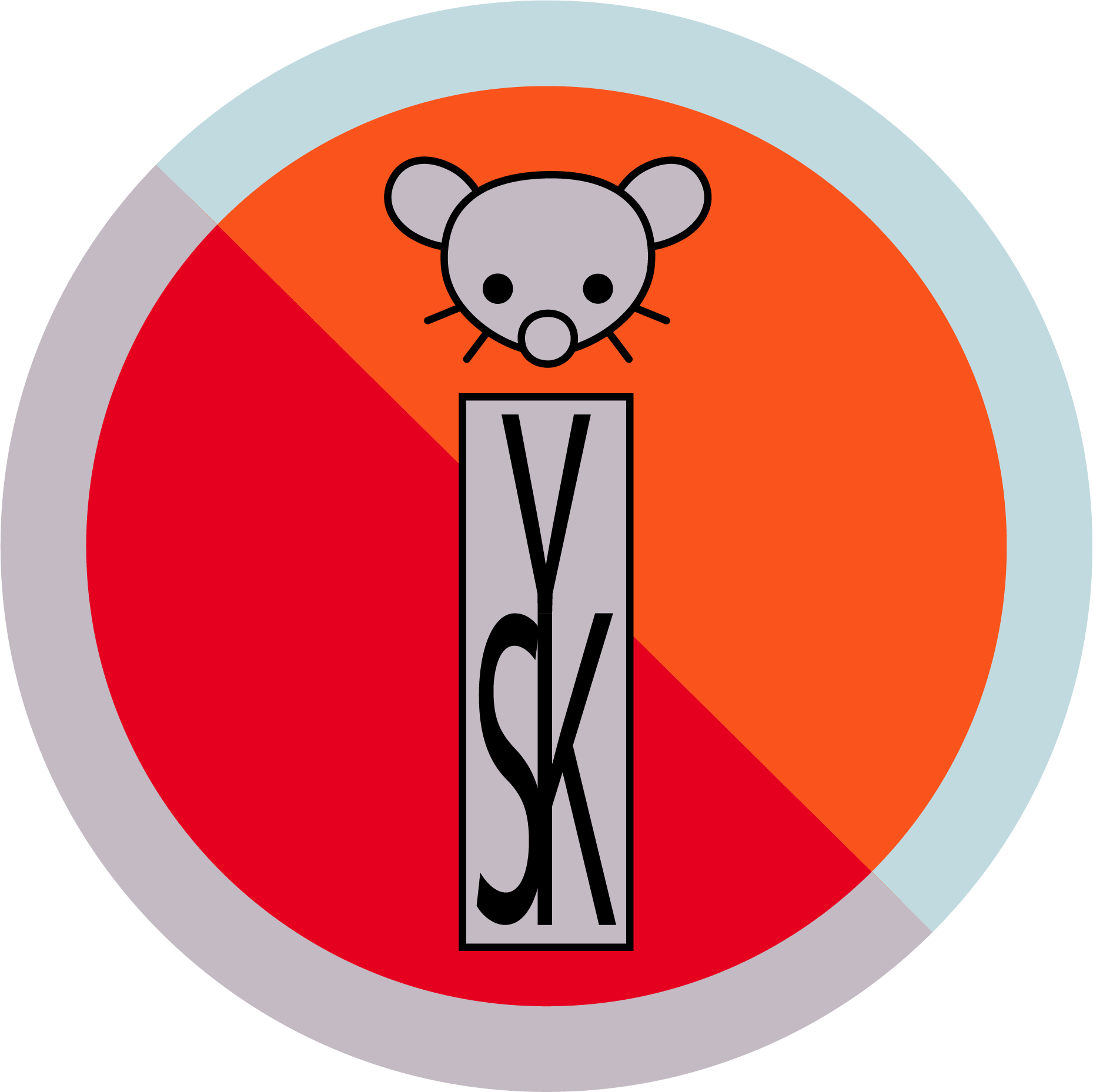Kick. Ass. So much congrats on the progress! Also, kudos on modifying the diet. As my first cycling coach told me: there’s no outrunning a bad diet.
- CV: cardiovascular
- HIIT: High Intensity Interval Training, basically sprints. HIIT burns through your glycogen, which the body will use carbohydrates to replace. Added bonuses: that is a metabolically expensive process (burning and replacing) which increases Excessive Post-exercise Oxygen Consumption (EPOC)(an objective measure of exercise impact); see also: Tabatha Regimen (https://en.wikipedia.org/wiki/High-intensity_interval_training#Tabata_regimen)
- You can still go to the gym and not weight train AND still get in a workout.
Your original question was regarding your lack of strength gains. The human body requires recovery from stress. I gave you very specific book references. Take it from there.
















That looks a lot like fugu. But I’m sure that shokunin prepared it properly!